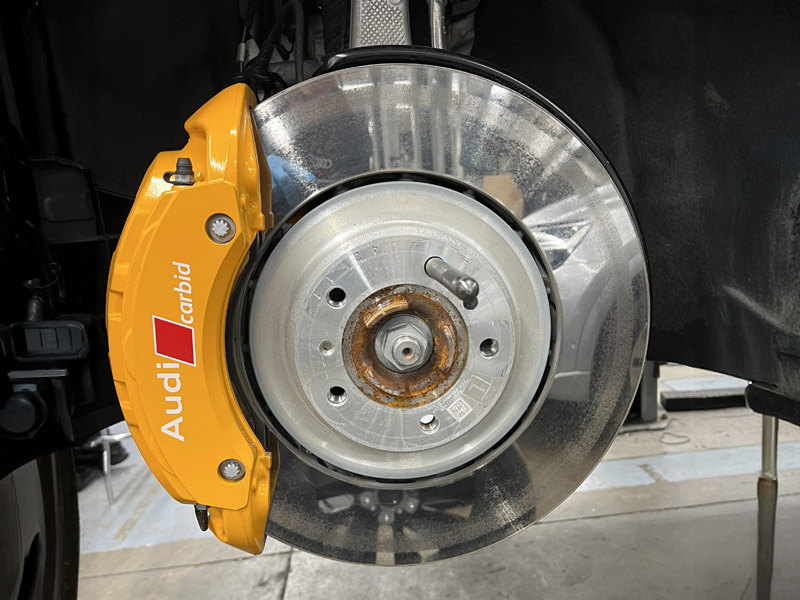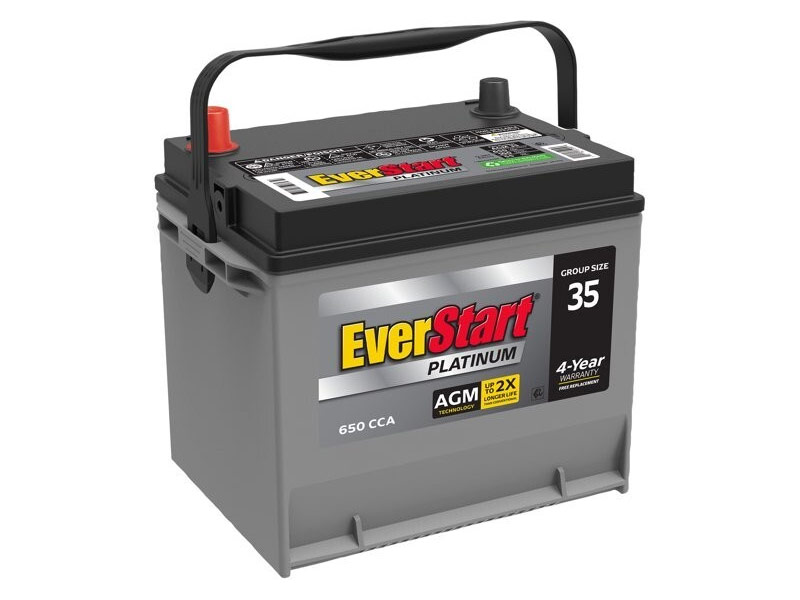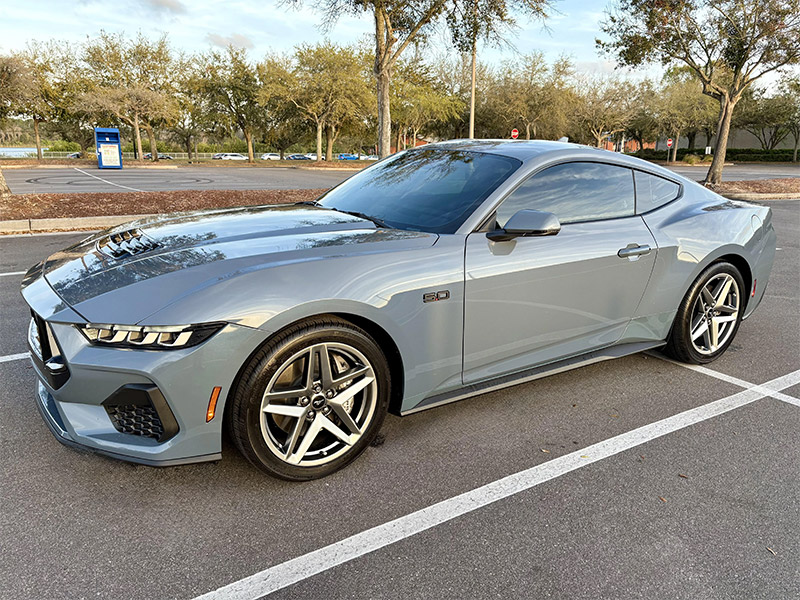
Your vehicle’s brake system is arguably the most critical safety component, responsible for bringing your car to a safe stop in all driving conditions. Understanding how to properly maintain your brakes can prevent costly repairs, ensure optimal performance, and most importantly, keep you and your passengers safe on the road. This comprehensive guide covers everything you need to know about brake system maintenance.
Understanding Your Brake System
Modern vehicles typically use disc brakes on the front wheels and either disc or drum brakes on the rear. The basic components include:
- Brake Pads/Shoes: Create friction to stop the vehicle
- Rotors/Drums: Metal surfaces that pads/shoes press against
- Calipers: House the brake pads and apply pressure
- Brake Fluid: Hydraulic fluid that transfers force from pedal to brakes
- Brake Lines: Carry brake fluid throughout the system
- Master Cylinder: Creates hydraulic pressure when you press the brake pedal
Warning Signs Your Brakes Need Attention
Sounds
- Squealing or squeaking: Often indicates worn brake pads
- Grinding or scraping: Usually means pads are completely worn and metal is contacting metal
- Clicking or rattling: May indicate loose brake components
Pedal Feel
- Soft or spongy pedal: Could indicate air in brake lines or brake fluid leak
- Hard pedal: May suggest brake booster problems
- Pedal sinks to floor: Serious issue requiring immediate attention
- Vibration or pulsing: Often indicates warped rotors
Visual and Other Signs
- Pulling to one side: Uneven brake wear or stuck caliper
- Burning smell: Overheated brakes from excessive use or stuck components
- Dashboard warning light: Brake system malfunction indicator
- Brake fluid leaks: Puddles under the vehicle or low fluid reservoir
Brake Pad Inspection and Replacement
When to Replace Brake Pads
- Thickness: Replace when pads are 3mm (1/8 inch) or less
- Wear indicators: Most pads have metal tabs that squeal when replacement is needed
- Mileage: Typically last 25,000-70,000 miles depending on driving habits
Signs of Worn Brake Pads
- High-pitched squealing during braking
- Reduced braking performance
- Longer stopping distances
- Brake pedal feels different
Types of Brake Pads
- Organic/Semi-Metallic: Quieter, less expensive, but wear faster
- Ceramic: Longer lasting, quieter, produce less dust, but more expensive
- Metallic: Best performance but noisier and more expensive
Brake Rotor Maintenance
Rotor Inspection
Check rotors for:
- Thickness: Must meet minimum specifications (usually stamped on rotor)
- Surface condition: Look for grooves, cracks, or heat damage
- Warping: Causes pedal vibration during braking
- Rust: Surface rust is normal, but deep pitting requires attention
Rotor Maintenance Options
- Resurfacing/Turning: Removes surface imperfections if rotors meet minimum thickness
- Replacement: Necessary when rotors are too thin, cracked, or severely warped
When to Replace Rotors
- Below minimum thickness specification
- Cracked or heat damaged
- Warped beyond repair
- Deep grooves or scoring
Brake Fluid Maintenance
Importance of Brake Fluid
Brake fluid is hygroscopic, meaning it absorbs moisture from the air. Over time, this moisture can:
- Lower the boiling point of brake fluid
- Cause corrosion in brake components
- Lead to brake failure in extreme conditions
Brake Fluid Service Schedule
- Check level: Monthly
- Complete fluid change: Every 2-3 years or 30,000-45,000 miles
- Flush system: When fluid appears dark, contaminated, or has been exposed to moisture
Checking Brake Fluid
- Locate the brake fluid reservoir (usually near the back of the engine bay)
- Check fluid level against minimum and maximum marks
- Inspect fluid color (should be clear to light amber, not dark or contaminated)
- Look for any leaks around the reservoir
Types of Brake Fluid
- DOT 3: Most common, glycol-based
- DOT 4: Higher boiling point than DOT 3
- DOT 5: Silicone-based, not compatible with other types
- DOT 5.1: Glycol-based with highest boiling point
Important: Never mix different types of brake fluid, and always use the type specified in your owner’s manual.
Drum Brake Maintenance
Many vehicles still use drum brakes on the rear wheels. Key maintenance points include:
Inspection
- Brake shoes: Check thickness and wear patterns
- Drums: Inspect for cracks, grooves, or out-of-round condition
- Hardware: Springs, adjusters, and other components
Adjustment
- Drum brakes may need periodic adjustment for proper pedal feel
- Many modern vehicles have self-adjusting mechanisms
Brake System Inspection Schedule
Monthly Checks
- Brake fluid level
- Visual inspection for leaks
- Brake pedal feel test
Every 6 Months
- Comprehensive visual inspection of brake components
- Check brake pad thickness (if visible through wheel spokes)
- Listen for unusual noises during braking
Annual Inspection
- Professional brake inspection
- Brake fluid quality assessment
- Complete system evaluation
DIY Brake Maintenance vs. Professional Service
What You Can Do
- Check brake fluid level and condition
- Visual inspection of brake components
- Listen for warning sounds
- Monitor brake pedal feel
What Requires Professional Service
- Brake pad replacement
- Rotor resurfacing or replacement
- Brake fluid bleeding
- Caliper service or replacement
- Brake line repairs
- ABS system diagnostics
Driving Habits That Extend Brake Life
Good Practices
- Gentle braking: Gradual pressure rather than sudden stops
- Engine braking: Use lower gears on hills to reduce brake usage
- Anticipate stops: Begin braking early for traffic lights and signs
- Avoid riding the brakes: Don’t keep your foot on the brake pedal while driving
- Cool down period: Allow brakes to cool after heavy use (mountain driving, towing)
Habits to Avoid
- Hard, sudden braking
- Resting your foot on the brake pedal
- Ignoring brake warning signs
- Overloading your vehicle
- Riding brakes on long downhill grades
Brake Maintenance Costs
Typical Costs (vary by vehicle and location)
- Brake pad replacement: $150-$400 per axle
- Rotor replacement: $200-$600 per axle
- Brake fluid flush: $70-$150
- Complete brake service: $300-$800 per axle
Cost-Saving Tips
- Address brake issues early to prevent more expensive repairs
- Shop around for quotes from reputable shops
- Consider package deals for brake service
- Maintain proper driving habits to extend brake life
Emergency Brake Situations
If Your Brakes Fail
- Don’t panic
- Pump the brake pedal rapidly
- Use the parking brake gradually
- Shift to lower gear for engine braking
- Look for a safe place to stop (uphill grade, soft shoulder)
- Sound your horn and use hazard lights
If Brakes Overheat
- Pull over safely and turn off the engine
- Do not pour water on hot brake components
- Allow brakes to cool naturally
- Have the system inspected before continuing
Conclusion
Proper brake system maintenance is essential for vehicle safety and can save you money in the long run. By understanding the components of your brake system, recognizing warning signs, and following a regular maintenance schedule, you can ensure your brakes perform reliably when you need them most.
Remember that brake work often involves safety-critical components and should be performed by qualified professionals when in doubt. Never delay brake repairs, as brake failure can have catastrophic consequences. When it comes to brake maintenance, it’s always better to be proactive rather than reactive.
Key Takeaway: Your brakes are your vehicle’s most important safety system. Regular maintenance, attention to warning signs, and prompt professional service when needed will keep you safe on the road and help avoid costly emergency repairs.

